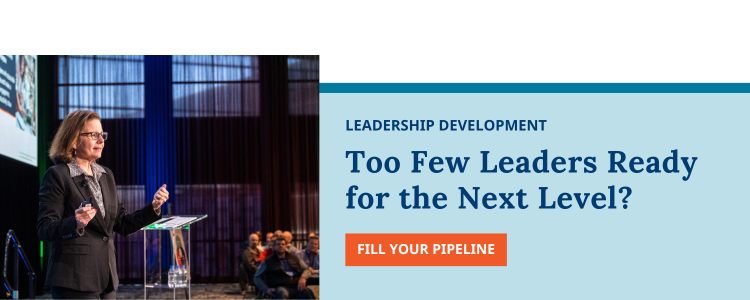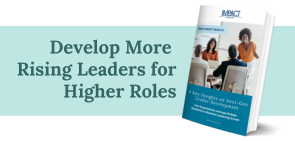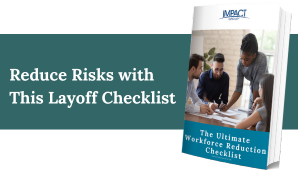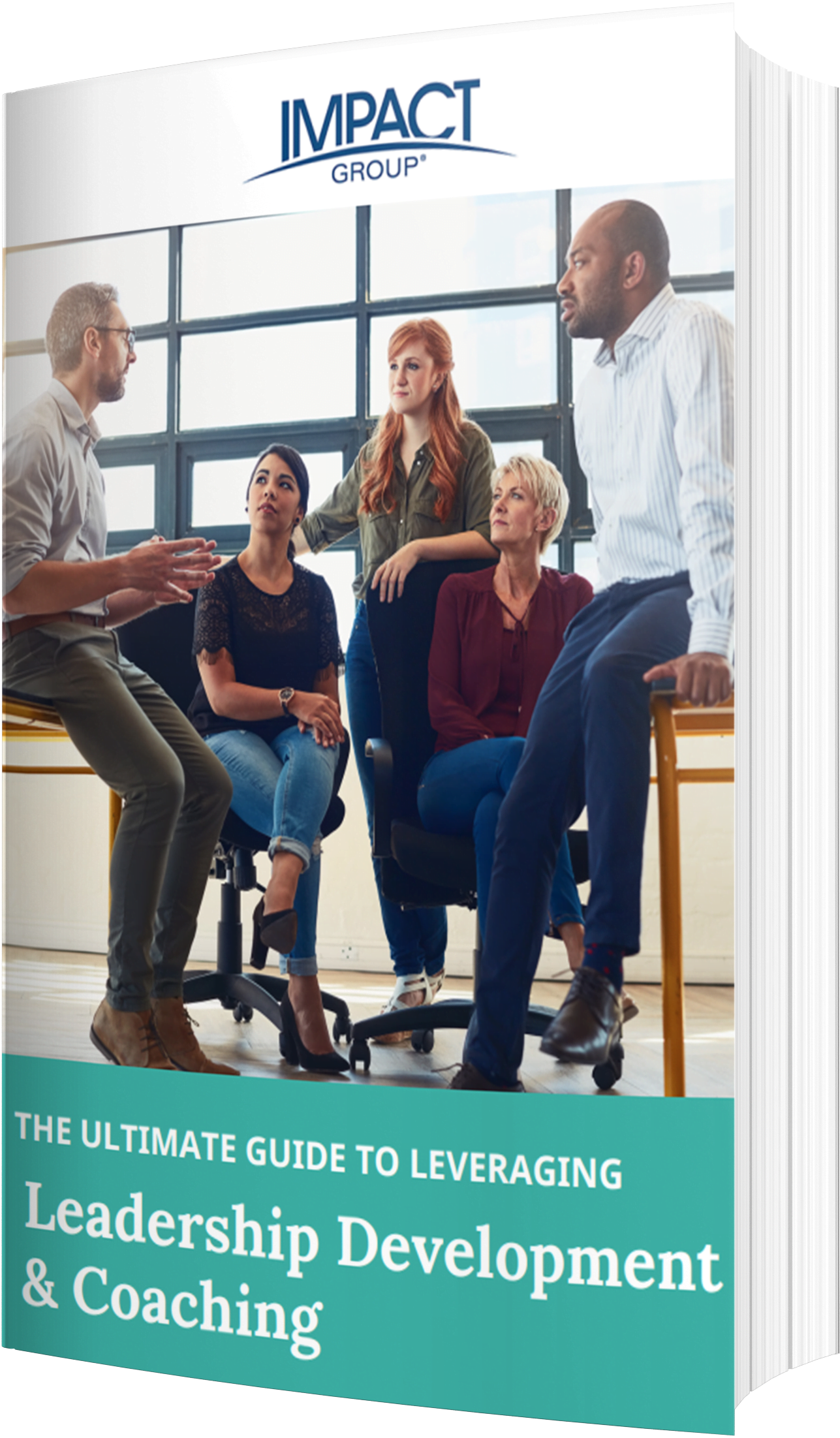Introduction
Are you struggling to effectively evaluate and develop talent within your organization? The McKinsey 9 Box Talent Matrix is a powerful strategic tool that transforms how you assess, develop, and retain your workforce.
Many HR professionals and managers encounter the challenge of objectively assessing employee potential and performance.
You’ll probably be aware of the anxiety around not properly identifying your talent, resulting in making poor investment decisions.
Without a systematic approach, we’ve noticed that organizations may overlook high-potential employees and misallocate resources toward development initiatives. This can lead to lost opportunities and overlooked staff – ultimately impacting the bottom line.
The strength of this matrix lies in its flexibility for succession planning, allowing it to be tailored to your specific talent needs.
This guide will demonstrate how to implement the 9 Box Talent framework, enabling you to make more informed talent decisions and develop targeted development plans that yield more accurate results within your organization!
What is the McKinsey 9 Box Talent Matrix?
The McKinsey 9 Box Talent Matrix is a tool for evaluating employee performance and potential.
Developed by McKinsey in the 1970s and popularized by GE’s ‘Session C’ method, it categorizes employees into nine boxes based on two dimensions: their performance and potential, aiding in talent management and development.
You might use the matrix to assess talent in your organization, or gain an eye on ‘bench strength,’ or to prioritize which employees get leadership coaching.
But times have changed since the 1970s – in a big way. Is the tool still useful? We asked four coaches at IMPACT Group who all have extensive experience as HR leaders to share their insights on using the 9 Box Matrix. Let’s delve into the pros and cons.
What are the advantages of the McKinsey 9 Box Talent Matrix?
1. The 9 Box Talent Matrix Gets the Conversation Started
Here’s why we think it’s worth utilizing with your employees:
It sparks discussions: Firstly, The 9 Box Matrix can act as a powerful catalyst for sparking talent review discussions, enabling leadership alignment around succession planning and future talent identification.
For example, during succession planning meetings, the framework provides a structured platform for leaders to share their perspectives, challenge assumptions, and reach consensus on employee potential and performance. There’s no veering off course – everyone is kept on topic.
Using the McKinsey 9 Box Talent Matrix for discussions ensures that decisions aren’t made in isolation – instead, multiple leaders contribute their observations and insights, creating a more comprehensive and balanced view of each employee’s capabilities and future potential.
This makes it ideal as a framework for succession planning.
2. The 9 Box Grid Provides Easy-to-Understand Visualization
Plus, it’s super easy to use.
Simple talent mapping: The McKinsey 9 Box Matrix, also known as the performance-potential grid, is also a great tool for talent mapping that can help you assess your workforce effectively.
- To get started, plot your direct reports or teams on the grid based on their performance and potential. This visual representation will allow you to quickly identify leadership gaps within your organization.
- As you analyze the grid, look for employees who demonstrate the potential to fill future leadership roles. This insight will guide your talent mapping and HR resource allocation, ensuring that you invest in the right individuals.
The matrix will also highlight specific employee training needs, allowing you to tailor development programs that bridge skill gaps and enhance performance!
What’s more, the insights gained from the 9 Box Matrix can determine which employees may require extra support to achieve their performance goals and which employees are performing at their potential.

3. The 9 Box Framework Creates Common Language
Creates a common language: One thing it does well is to get everyone ‘singing from the same hymn sheet.’ One of our coaches Ken Meyers says: “The big advantage for us was creating that common language.” – IMPACT Group Senior Career/Transition Coach Ken Meyers on the McKinsey 9 Box Talent Matrix framework
Meyers has had an extensive career in HR, including overseeing staffing, executive recruiting, and leadership training departments. He says one of the most important aspects to business success is that the organization has a real solid, ingrained performance management and career development process. This is achieved by using the framework in the correct way.
“If there are established definitions behind each category, ideally with leadership behavioral examples, both the decision-makers and the rated employees are clear on what’s expected from one category (or box) to the next.” – Meyers
So it clearly has some great points for talent mapping and succession planning. But it’s important that the 9 box tool is used correctly, as it can hinder your organization’s progress if not.
So what are some of its pitfalls?
4 Disadvantages of the McKinsey 9 Box Talent Matrix
1. 9 Box Content is Rooted in Subjectivity:
The content is subjective: Of course, the content is subjective, which means that some people are naturally better at persuasion in decision making when the framework is used in conversation.
“Unfortunately, sometimes it comes down to ‘sales,‘” says IMPACT Group Leadership & Career Transition Coach Tracy Murphy Paukstys, who is certified in Energy Leadership, The Leadership Circle Profile, and EQ-I 2.0.
“Some people are naturally better at influencing and persuading other people of their point. During this time, sometimes people will shut down and stop advocating for their people because they feel deflated.”
According to Diversity Inc, “…as the focus on identifying, retaining and promoting high potentials increasingly includes diversity, the validity of the 9 box as the determining factor is being questioned.”
Those colleagues who lack conviction may well be sitting on some of your company’s best ideas, but go unseen due to these implicit biases in HR tools like McKinsey’s.
How to avoid bias:
- Ask probing questions: Kim Herrera, our Career and Transition Coach says “There can be a lot of gray that needs to be carefully managed – ask probing questions to find out what’s really going on.”
- Gather multitudes of feedback: It’s also important to gather more than one person’s feedback on those employees you’re assessing. Consider feedback validation for a 360 degree approach.
- Consider inclusivity, equality and diversity: Finally, make sure to factor in diversity, gender equality, and inclusion. Give everyone equal airtime.
2. 9 Box Objective Measurement Data May Be Scarce
Objective data is scarce: Another drawback is its lack of good data. The 9 Box Matrix framework can only be a true tool for assessing employee potential if good data is available.
Plus, it’s difficult to compare people when standard assessment data measuring performance and competencies isn’t available for all individuals who are being compared, leading to possible performance review inconsistencies.
In some jobs, considering future skill requirements or assessing employee potential for the role can be tough to measure unless you have in-depth knowledge as to what that job entails.
How to avoid measurement challenges:
Ask yourself:
- what are the competencies needed in the future?
- has the business changed?
- what are the needs we’re going to have in the future?
For example in sales or operations, you can go back to numbers or KPI’s to look at future skill requirements.
This forward-looking approach transforms the 9 Box Matrix from a simple assessment tool into a useful guide for succession planning and talent development, mitigating any competency measurement challenges.
3. 9 Box Can Be Misused
It can be used improperly: Like all HR tools, there’s a danger of lost ROI when it comes to the 9 Box Matrix as it is often used incorrectly.
As an example, while the 9 Box Matrix can help you designate which employees should get leadership training or be promoted, this is “not the right tool to use when you need to determine if someone should be managed out of the organization,” says our coach Paukstys. “There are better ways and much more involved ways than sitting and looking at the 9 box.”
When assessing poor performance strategies, this could have misuse in termination decisions, so it is best avoided here.
4. People Getting “Boxed In” by Static Labels
Static employee categorization: There’s a lot of stereotyping in HR assessments. When we get a label, it seems to stick.
Subjective first impressions mean that the label, whether it’s a positive or negative one, is often based on first impressions or feelings about the individual, not any kind of performance data.
So an employee who seems nervous could be tagged as “low potential” because he lacks presence.
An employee that seemed abrupt could be pigeonholed as someone who is “difficult to work with.”
This static employee categorization should be ever evolving. Resist the temptation to shortcut the process by carrying over labels from past conversations and 9 Box Matrix assessments.
How to overcome HR Biases: While nothing can be 100% fair, you do want your assessment process to be as accurate as possible.
Again, ask those probing questions and use a wide range of data from performance reviews and other types of talent assessments.
Implementing the 9 Box Matrix in Your Organization Without the Stress
So how do you go about implementing the McKinsey 9 Box Talent Matrix in your organization?
You may feel a little reticent, since there can be a great deal of emotion and subjectivity as to who is put into what box. People can get swept up in emotion when it comes to championing their picks of people, resulting in conflict.
How to avoid the stress: “This goes back to ensuring there’s a common language and benchmark. It is important to have a thorough understanding of any leadership opportunities and what competencies are needed. Back up opinions with data,” says our coach Herrera.
It’s also sometimes helpful to bring in a third-party HR consultant in order to stay objective.
And one final piece of advice to keep in mind: “These types of tools and even the software tools HR uses aren’t a substitute for an honest discussion about people,” says our IMPACT Group Senior Career and Transition Coach Katherine Burik.
“These are people’s futures. Don’t substitute a machine or tool for that.”

How IMPACT Group Helps You Take Action to Develop Your Future Leaders
We hope this guide has helped! Whether you decide to use the McKinsey 9 Box Matrix or not, it’s still a best practice to identify and develop tomorrow’s leaders, today.
If you’re ready to start now, please book a call with us – we’d be happy to talk through the options below – without any commitment on your part or sales pressure.
- IMPACT Group’s seasoned and dedicated coaches guide leaders to set and achieve meaningful development goals while leaving a legacy of learning. We can help you develop your emerging leaders by providing 1:Me Leadership Coaching or providing a comprehensive program for your high potentials.
- IMPACT Group’s people development coaching will help support, clarify, and focus on leadership and succession planning goals. Take a look at the work we did for Veolia in this case study.
- Affordable and scalable coaching programs that combine microcoaching sessions with online learning can help your organization reach more frontline and middle managers and develop a new cohort of emerging leaders each year. Check out Link Learn Coach.
- An assessment plus coaching package that pairs 360° feedback with coaching is a powerful accelerator for both self-awareness and what to do about it.
- Check out our highly customized, one-on-one wraparound coaching engagement that adds coaching to your existing program. Book a call with us below to learn more.










